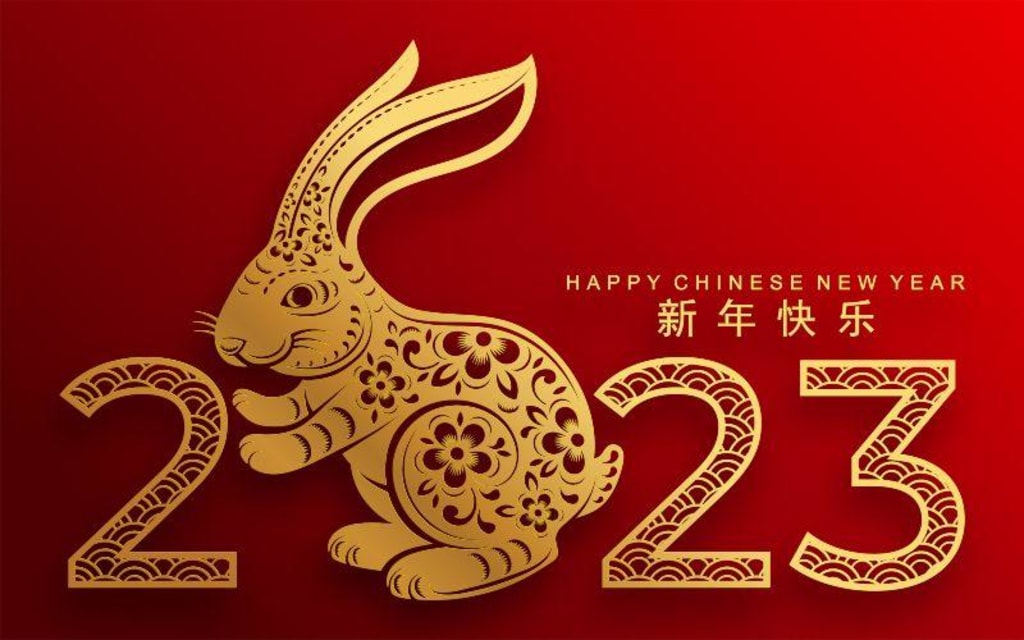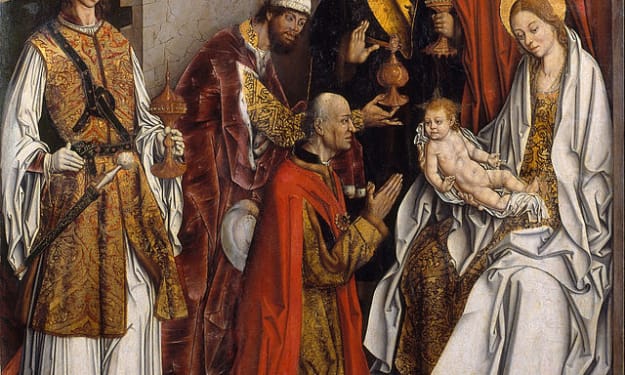
Chinese New Year is China’s oldest, longest, and most important social and economic holiday, beginning on the first day of the Chinese lunisolar calendar.
It starts this year on January 22, though the celebrations continue for around two weeks. Chinese New Year is also known as the Spring Festival and ends with the Lantern Festival on the fifteenth day of the first month of the Chinese calendar.
It is celebrated across China as a national holiday and in many other parts of Asia with people of Chinese descent. About 25% of the planet observes this holiday. In the West, it roughly corresponds to the end of the winter season and the beginning of Carnival.
Chinese New Year is the largest annual human migration in the world. More than 400 million people are expected to travel during the holiday period, half that number in the Chinese mainland, almost four times as many as during the US holiday season. The Chunyun period, or the Spring Festival travel season typically starts 15 days before Lunar New Year’s Day and can last for 40 days. Some believe with the criss-crossing travel, 3 billion trips will be taken.
Date of Chinese New Year
Because the Chinese lunisolar calendar — which dates back to the Shang Dynasty in the 14th century B.C. — is different from the western Gregorian calendar, this festival begins with the New Moon, typically the second new moon after the Winter Solstice, and can occur on dates between January 21 and February 20. The lunar cycle is approximately 29.5 days, so the Chinese insert an interstitial month seven years out of a 19-year cycle to synchronize with the solar calendar.
Each year the holiday begins on a different calendar date. Julius Caesar reformed the Roman calendar to set New Year on January 1 over two millennia ago. The general Chinese population didn’t begin officially celebrating New Year’s Day until 1912, though the celebration goes back to ancient times.
Legend
The legend persists that Nian, a mythical beast who lived under the sea or in the mountains, would terrorize children and farm animals. The name means “year” or “new year.” The beast was afraid of the color red, so red lanterns and fireworks were used to drive the beast away. Some attribute the popular Chinese lion dance to the Nian legend.
Chinese New Year Practices
This festival observes many Chinese cultural distinctive, including cuisine, art, and martial arts exhibitions. For example, in my town of Colorado Springs, several martial arts dojos, perform at the City Auditorium.
Other customs of Chinese New Year include red clothes, poems on red paper, and lucky money in red envelopes. Red signifies fire believed to drive away bad luck, and fireworks add to the festivities.
The celebration usually starts with a dragon dance. I’ve seen these in Hong Kong featuring a dragon of silk, paper, and bamboo that is a hundred feet long, winding through the streets atop Victoria Peak, held aloft by young men. The lion dance is also an exciting display with two people animating the colorful animal.
Chinese New Year Food
Food includes dumplings, spring rolls, niangao (glutinous rice cakes), fish, and fruit. Dumplings — dim sum — represent wealth; it is believed the more you eat, the more money you will make in the new year.
Family reunion meals occur throughout the festival, typically starting with a New Year’s Eve meal. The festival ends with the Lantern Festival, which may include lanterns in art painted with the Chinese zodiac symbols, flowers, animals, and birds. Lighted candles are carried to an evening parade along with the light of the full moon.
Chinese New Year and Business
Businesses in China typically take the first week of the Spring Festival off as a public holiday, and people travel to visit friends and family to celebrate the New Year. Across Asia, especially those countries with large Chinese populations or those influenced by the culture of the Han Dynasty — including Taiwan, Singapore, Malaysia, Korea, Japan, and Vietnam — the Chinese New year is important, and companies will take at least a day or two off.
Popularity of Chinese New Year
With the spread of Chinese immigration, the festival was celebrated in other parts of the world, especially in cities that developed Chinatowns. The largest celebration outside of Asia is in San Francisco. The Gold Rush of 1849 brought Chinese to work the mines and the railroads. As Chinese families were away from their families, their local community served as the basis for their celebration, dating as far back as the 1860s, including a parade in San Francisco.
Chinese Immigration to the U.S.
I’ve worked for large Silicon Valley companies that employ many Chinese that celebrate Chinese New Year with a Chinese meal. One can appreciate that there are large Chinese immigrant populations along the Pacific Coast of America. But here in Colorado, it was the building of the Transcontinental Railroad system that brought Chinese workers in 1865 to build the Central Pacific Railroad across to Nevada and California.
Following the Burlingame Treaty of 1868, giving China favored-nation status, the number of Chinese immigrants grew to over 11,000 in 1868 and almost 15,000 in 1869. The Central Pacific employed over 12,000 Chinese laborers, more than 90% of its workforce. Consequently, there was a sizable Chinese population in the American West. We have Chinese New Year celebrations in the major Colorado cities of Denver, Boulder, and Colorado Springs.
Chinese New Year Statistics
#1: largest human migration in the world
#1: most significant usage of fireworks on the planet. China produces 90% of the world’s fireworks
2+ billion people celebrate this holiday
1/4: world’s population celebrates this holiday
7 days: The typical amount of time people get off for the holiday
8 billion red envelopes will be passed out to children and single young relatives, some electronically
3.6 billion: Journeys are made as people return to their homes
19 billion: texts were sent on the holiday in 2009, a world record
800 million: viewers of the Spring Festival Eve TV gala, the most-watched entertainment show in the world. Since 1983, it has been the family ritual to watch this cultural variety show, like the Ed Sullivan Show was in the U.S. in the 1960s.
Guo Nian Hao… happy new year.
Bill Petro, your friendly neighborhood historian
Subscribe to have future articles delivered to your email. If you enjoyed this article, please consider leaving a comment.
About the Creator
Bill Petro
Writer, historian, consultant, trainer
https://billpetro.com/bio
Enjoyed the story? Support the Creator.
Subscribe for free to receive all their stories in your feed. You could also pledge your support or give them a one-off tip, letting them know you appreciate their work.






Comments
There are no comments for this story
Be the first to respond and start the conversation.